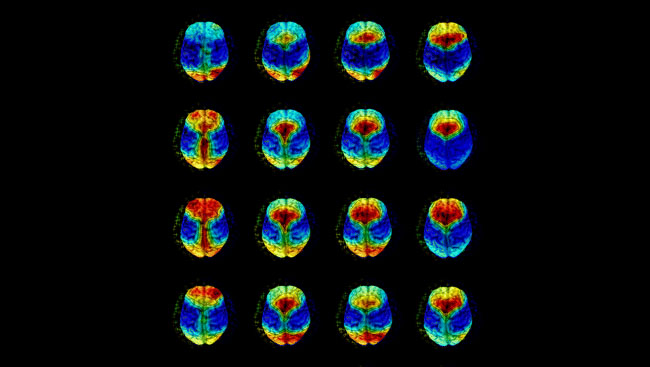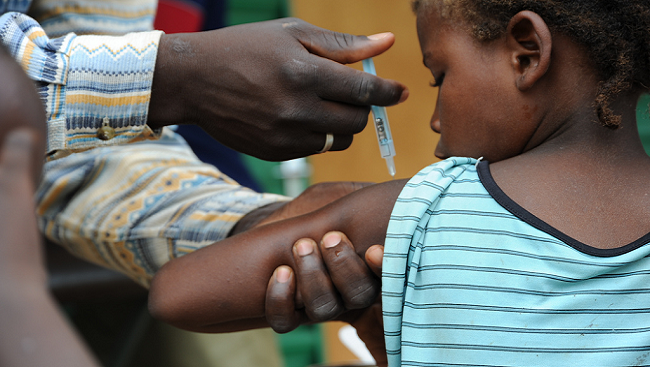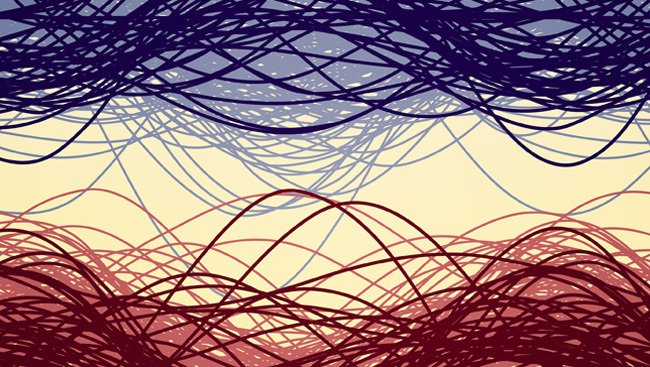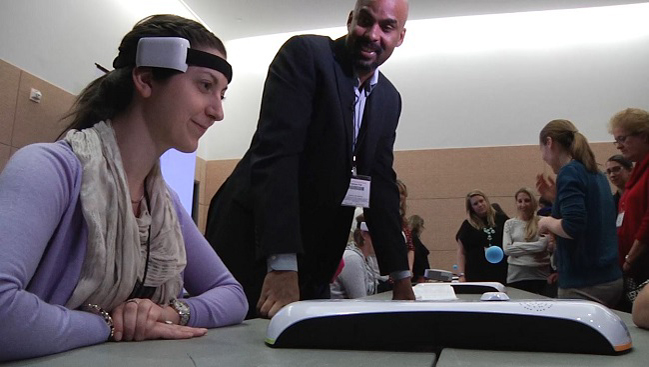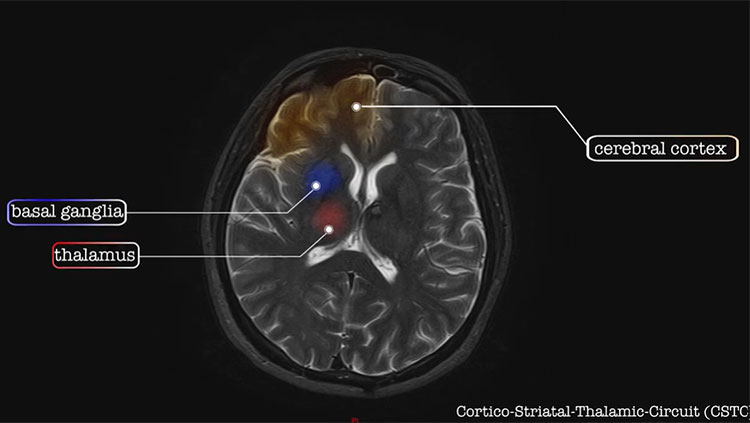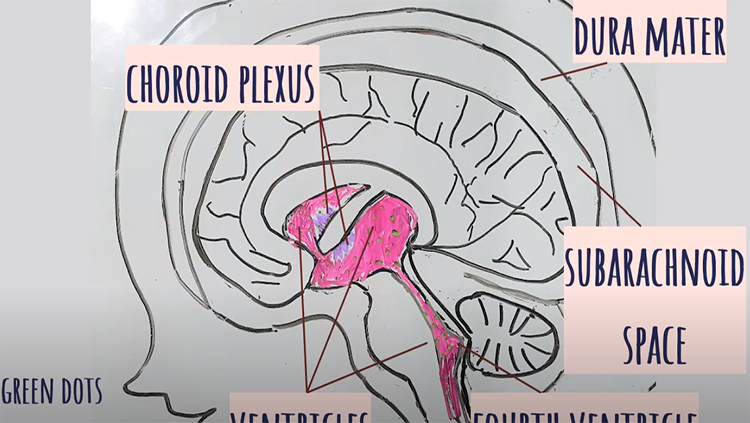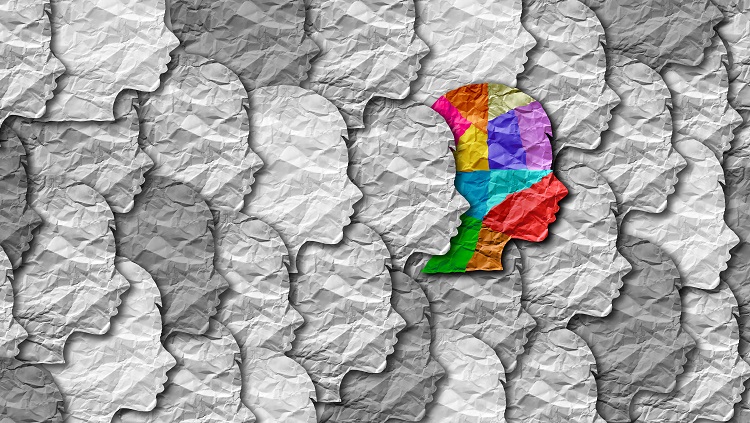Autism Awareness
- Published16 Apr 2015
- Reviewed16 Apr 2015
- Author Michael W. Richardson
- Source BrainFacts/SfN
More than one in seventy children are believed to be affected by autism, a condition that can cause cognitive and behavioral challenges. April is Autism Awareness Month, so take some time to learn more about autism and its effects, as well as some common myths that surround the disorder. To find out more, browse through the images and their descriptions and click on the link in each caption to read the full articles.
CONTENT PROVIDED BY
BrainFacts/SfN
Also In Childhood Disorders
Trending
Popular articles on BrainFacts.org


